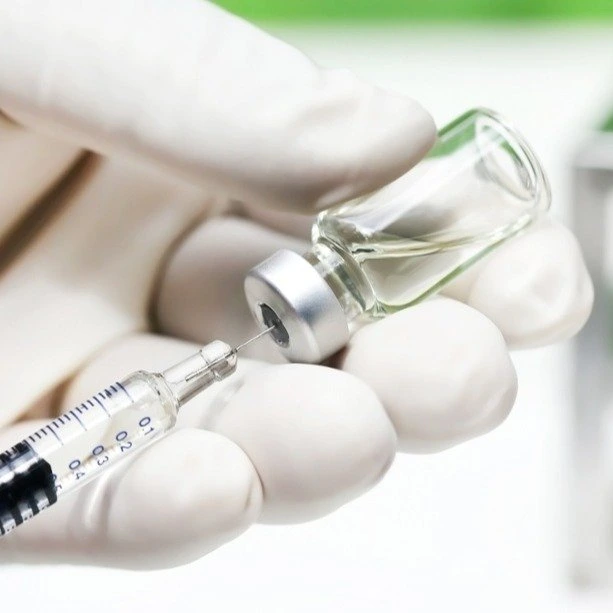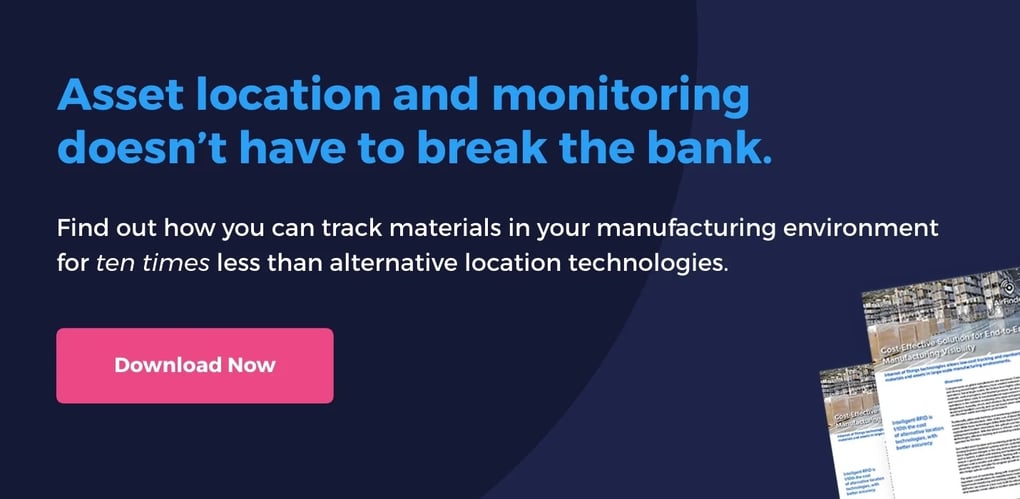Cold chain vaccine management is a complex process. Vaccines require a consistent average temperature of 5 degrees Celsius when they’re being moved or stored; exposure to temperatures outside the acceptable range of 2 to 8 degrees Celsius will decrease their potency and render them useless. Even today, the challenges of maintaining this environment have tripped up many U.S. facilities; it is also a major challenge for places like Africa, where up to 35% of vaccines are wasted due to improper storage.
Cold chain management for vaccines—and pharmaceuticals in general—is largely the responsibility of manufacturers and distributors, yet some areas of the supply chain, like transportation, are outside their direct control. Vaccine temperatures must be monitored at all times during transport, but the process is still being perfected. Keep reading to find out how cold chain vaccine management has been done in the past, and where it’s headed in the future.
A History Of Cold Chain For Vaccines
Since vaccines were first invented, temperature monitoring was done with simple thermometers and clipboards. Thermometers were placed inside refrigerators to record the temperature. When vaccines arrived at their destinations, workers logged the temperature information (because you couldn’t stop transport to continually check it). Other early temperature monitors would “pop” or change color when the temperature went above or below the acceptable range. When that happened, manufacturers knew it was time to throw a shipment away. (These types of monitors are still sometimes used as shock indicators—if a package drops and glass breaks, the indicator turns red to show the package was mishandled. They are notoriously easy to ignore.)
Need more than just temperature monitoring? Download our white paper on how IoT technologies can give you more visibility into your entire manufacturing operation.
More recently, electronic temperature loggers were invented. They log the temperature of the transport environment throughout a trip. When a shipment arrives at its destination, someone pulls the logger out, checks the software, and reviews and confirms whether transport was successful. Loggers are still used by many manufacturers today, but they aren’t the best solution for two reasons:
- It’s difficult to pinpoint responsibility for the safe return of the logger at the end of a trip. Even if you send a prepackaged box with a shipping label for that purpose, who handles it—the party who transports the shipment or the party who receives it? And which employee will handle it? It’s not unusual for the process to break down at this point, adding another layer of cost.
- It’s a waste of resources to follow through on transporting a product that has already gone bad. If something goes wrong during transit, you have no way of knowing about it until after the product arrives at its destination. The sooner you find out about a problem, the sooner you can stop a shipment and start working to replace the damaged goods.
The New Frontier In Cold Chain For Pharmaceuticals
Thanks to connected technology, the monitoring component of the cold chain is now getting smarter. Connected cold chain monitoring gives manufacturers temperature readings they can access in near real-time. Live data represents progress, as it helps address one of the main problems previously faced: the inability to take corrective action. If you know the temperature is out of bounds, you can either take immediate action to adjust it or begin the replacement process, shortening your recovery response time.
That’s a good thing, but many companies are hesitant to adopt this technology. Why? Because most solutions are costly and still require the return of devices. Should a monitor not be returned, the manufacturer would have to pay a fair amount to replace it—a risk that can’t usually be justified. So they continue to either turn to FedEx (which offers temperature-control shipping options—a decent solution but one that still leaves you with no control) or back to an old-fashioned electronic temperature logger.
AirFinder: Cost-Effective Cold Chain For Vaccines
There’s a better option available. AirFinder can combine both Bluetooth and cellular technology to create a cost-effective yet accurate cold chain vaccine management solution. Here’s how it might work for you:
Say you’re moving six containers, all of which need monitoring. Five of those containers would have an inexpensive Bluetooth-based device to transmit temperature data to a single container outfitted with a cellular transmitter. That single container would transmit the temperature data to the cloud, where you can access it in near real-time. Alternatively, simple Bluetooth devices could be logging the temperature of containers all the way to a distribution center. Once they arrive there, they connect to a sensor on the wall and transmit the data to the cloud.
AirFinder’s flexible architecture uses low-cost devices in combination with more expensive ones, which means it costs significantly less than other cold chain monitoring solutions on the market. And its components are semi-disposable—Bluetooth-based tracking devices get the job done, but are inexpensive enough to throw away at the end of a journey. That means you have less to worry about when it comes to managing the safe return of expensive monitoring devices.
Would you like to learn more about how AirFinder can help with your cold chain monitoring?
Tell us what you need and we’ll tell you if our solution can help.





